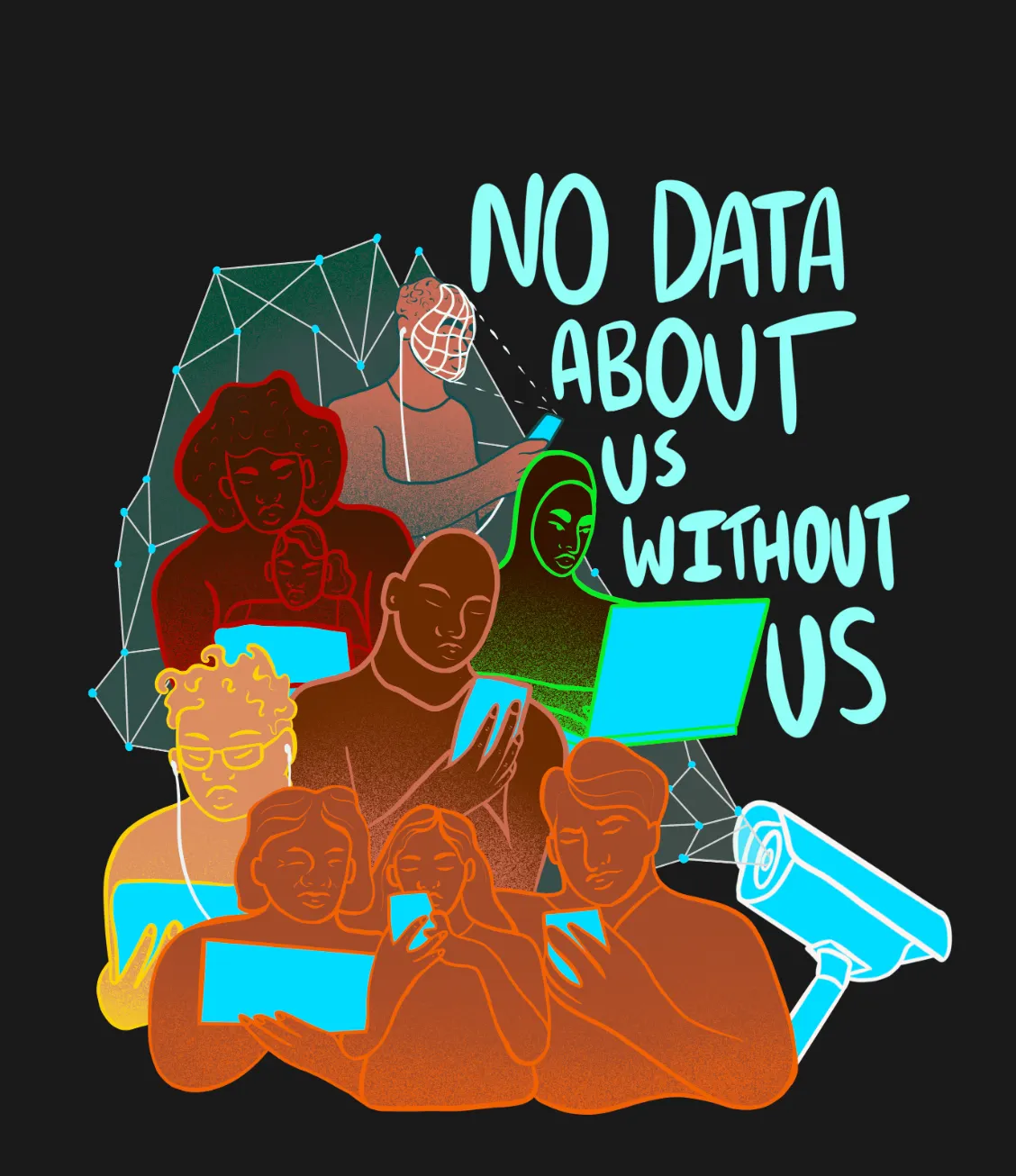Setting the Sails Right - The making of a Smart City “Konza Technopolis”
Cynthia Chepkemoi, Edgelands’ Research Associate, describes her visit to Konza Technopolis, Kenya’s first smart city, and explores the meanings of “smart city” in Kenyan technological and urban contexts of development.

Photo by Cynthia Chepkemoi
As the year kicked off, I had the opportunity to visit Konza Technopolis. The first smart city in Kenya, the Silicon Savanna of Africa. As the paradigm has shifted and the world is changing, so do our cities. Konza Smart city is one of Vision 2030 projects started over a decade ago. The technological zone is meant to facilitate the establishment of high-tech companies that will contribute to Kenya’s economic growth.
At the main entrance, we met a group of security guards manning the 5,000 ha of land which will undergo phased development. As we drove in, the place looked deserted with not much activity going on. After around 1.5 kilometers we spotted a tall building with crystal blue high windows.
To access the building, smart card technology is used by the security guards. With smart card tracking and unique identifiers installed through barcodes or embedded radio frequency identification chips, movement within the building is monitored in real time. The main objective is for security control within the building and to register attendance. Each reading of the card adds to the database the movement across the building.
‘Smart city’: What it all means
What particularly constitutes a ‘smart’ city? The scope of its objectives is very broad. The aims range from public authorities using technologies to counter crime and ensure public safety and developing municipal infrastructure that makes transport, energy use, and public services more environmentally friendly, to ensuring that all city residents have effective and widespread Internet access. Reflecting this wide scope, UN agencies have produced a number of reports, including the International Telecommunication Unit (ITU), which focused on the important link between ensuring compliance with the UN’s lengthy list of Sustainable Development Goals (SDGs) 3 and the potential ‘transformative power’ of smart cities.
As the ITU highlighted in 2015, a ‘smart sustainable city [is] ... an innovative city that uses information and communication technologies and other means to improve quality of life, efficiency of urban operation and services, and competitiveness, while ensuring that it meets the needs of present and future generations with respect to economic, social,environmental as well as cultural aspects’.
Konza has been hailed as the Silicone Savannah of Africa. As a smart city, its key driver of a digital economy is that it creates huge demands for technologies, innovations, smart intelligent devices, connectivity, digital services and digital infrastructure that otherwise would have been difficult to achieve from households and individual firms. Smart cities also play a critical role in the supply side of a digital economy. They supply skills, research and development, innovations, digital technologies and digital infrastructure e.g. data centers, smart mobility and logistics that are requisite for running a digital economy.
In alingment with the focus of this article, it is significant to note that the eleventh goal of the UN SDGs is to make ‘cities inclusive, safe, resilient and sustainable’ and thereby encompasses the goals of countering crime and ensuring public safety. With regard to the design of smart cities strategies, a consistent component for the past decade is the use of information communications technology (ICT) and the ‘Internet of Things’ (IoT) by public authorities to address the challenges of urban governance.
Surveillance - CCTV Installation

As we took a drive through the city’s newly constructed roads, it was interesting to learn that in the last quarter of 2022, Traffic control lights and CCTV cameras have been installed. The smart traffic control lights were actually interconnected to the CCTV and the IoT. This is where data is passed between synergistic and interoperable devices, platforms, services, applications and analytics engines to provide visibility across the smart city.
In their recent tweet, Konza Technopolis Development Authority (KoTDA) also made an update on this development. The tweet reads “KoTDA has over the past few weeks been erecting smart poles within Konza Technopolis streetscapes. The smart poles comprise smart lighting, video surveillance cameras, environmental sensors, digital signage, a public address system, a help button, and a Wi-Fi hotspot. These smart poles are part of the smart city facilities that will be available to the residents of the Technopolis.”
Data Centre

Konza city as a smart city hosts a Data Centre. As part of the planning and development of a smart city, the KSh17.5 billion project involves the establishment of key ICT infrastructure such as the National Cloud Data Center, Smart ICT Network, Smart Traffic Solution, and Government Cloud Service.
Konza’s data center is the biggest and most efficient in East Africa and is ranked as the second best in Africa. It is classified as a Tier III data center. Having a highly efficient data center is a very demanding task. Today, data centers consume around 3 percent of the energy produced globally. Some forecasts predict that this figure will reach 20 percent by 2025. Those predictions are driven by the huge growth in data centers, estimated at 50 percent between 2017 and 2023.
The Data Centre hosts a Disaster Recovery Data Center, optical fiber network and fiber routing for Konza Phase 1 which will encompass providing access to each building of Konza Phase 1 and finally the provision of Wi-Fi access points to be positioned on streetlights and buildings to support the implementation of smart city services.
Data centers are the heartbeat of smart cities. They provide insights into the state of the smart city in very diverse and technical ways. The project was executed as a priority for Phase I of Konza Technopolis implementation which will ensure that Konza is able to carry out the core functions of a smart city. In addition, it will be a key enabler of Kenya’s digital economy and is modeled to support data, voice, video, services, systems and applications.
Urbanization as the catalyst to Smart Cities
In Kenya, the urban growth rate between 2015-2020 stands at 4.3%, the urban population is scored at 27% and it is projected that half of the total population of Kenya will be living in urban areas by 2025. The growth of cities has been consistently promising. Initially, there were only 3 capital cities in Kenya, Nairobi, Kisumu and Mombasa. The criteria used by the government to bestow a town a city status was based on the citizen population, the level of infrastructure, and advancement.
In 2009, Kenya invested in undersea cables and has since upgraded most of its grid into a smart grid. In the same year, the government conceptualized Konza Technopolis, a smart city that is meant to host the country’s Business Process Outsourcing industry and utilize the fiber capacity to position the country as a global destination for outsourcing. This created a domino effect that has seen various smart cities sprouting e.g. Tatu City, Tilisi etc.
Currently, there are local and multinational organizations on-site setting up some of the most important and basic amenities in the city. For instance, the Korean Government is currently setting up a university modeled after the Korean Advanced Institute of Science & Technology (KAIST): the Kenya Advanced Institute of Science and Technology will be an institution of strategic national importance as Science, Technology, and Innovation is considered a critical catalyst for fast tracking modernization and transformation of Kenyan society into a middle-income country by 2030.
With these swapping developments and increasingly sophisticated monitoring systems, there is a need for robust policies, laws and regulations on surveillance technology. Also, while such significant changes are data-driven technologies being implemented by smart city developers in Kenya and worldwide, from traffic solutions to CCTV surveillance and predictive policing, policy makers should consistently engage in the legislative process to put in place safeguards to prevent the misuse of these monitoring powers.
Despite being at its preliminary stages, the city’s overall smart city strategy should be praised for taking a prudent approach in tailoring and pursuing a phased implementation with digital infrastructure being at the forefront. In pursuing this, the city will have enhanced service delivery and a citizen engagement platform that will be offered through its robust ICT infrastructure.



